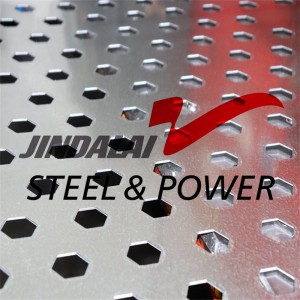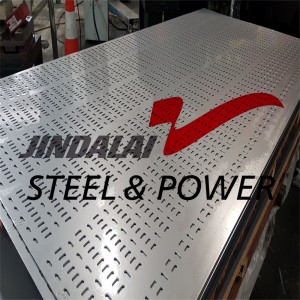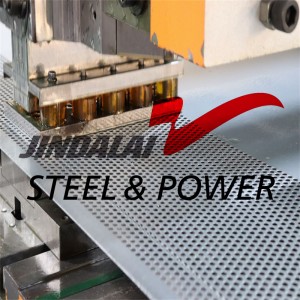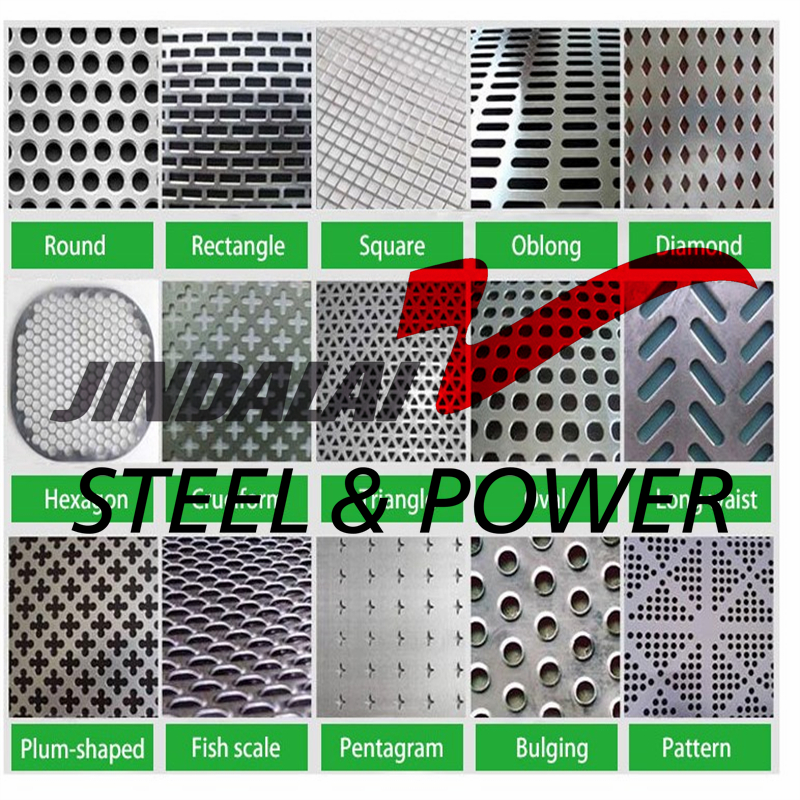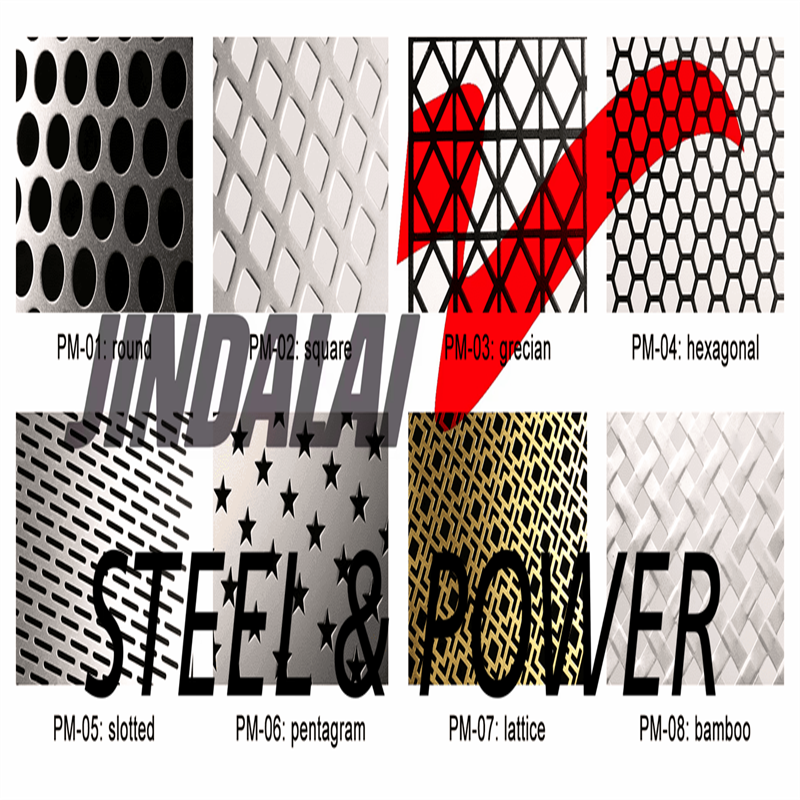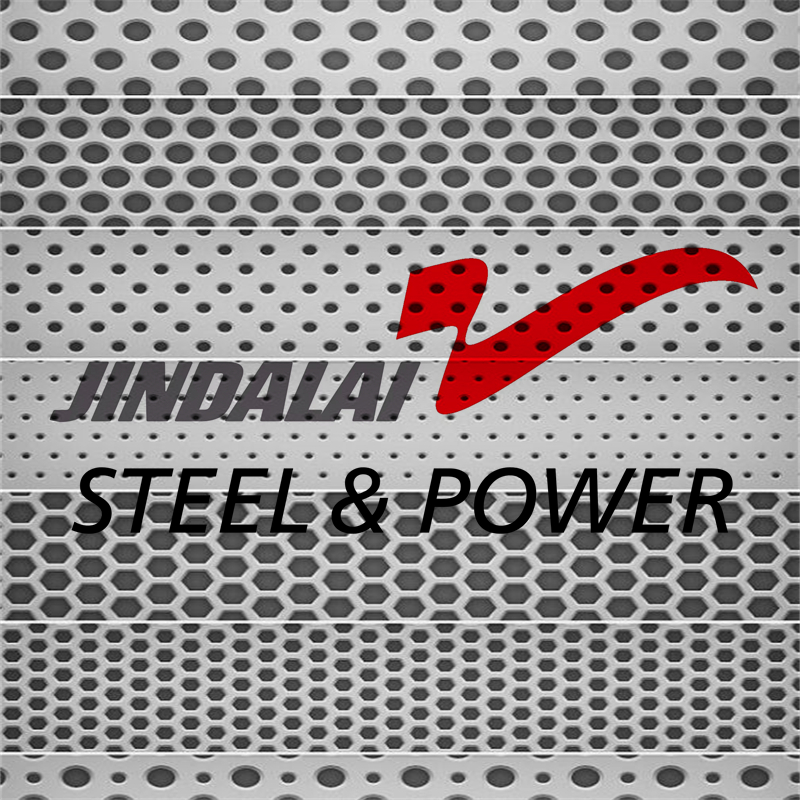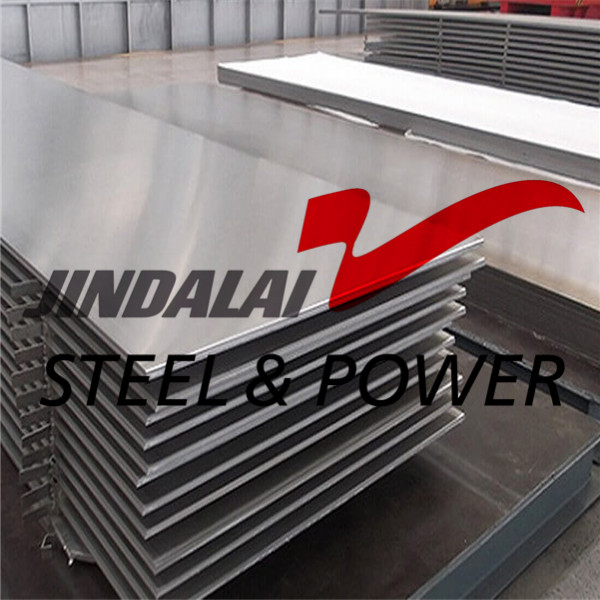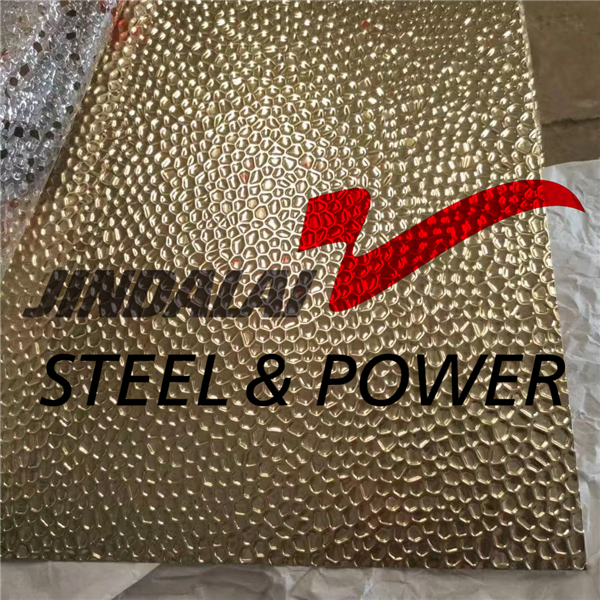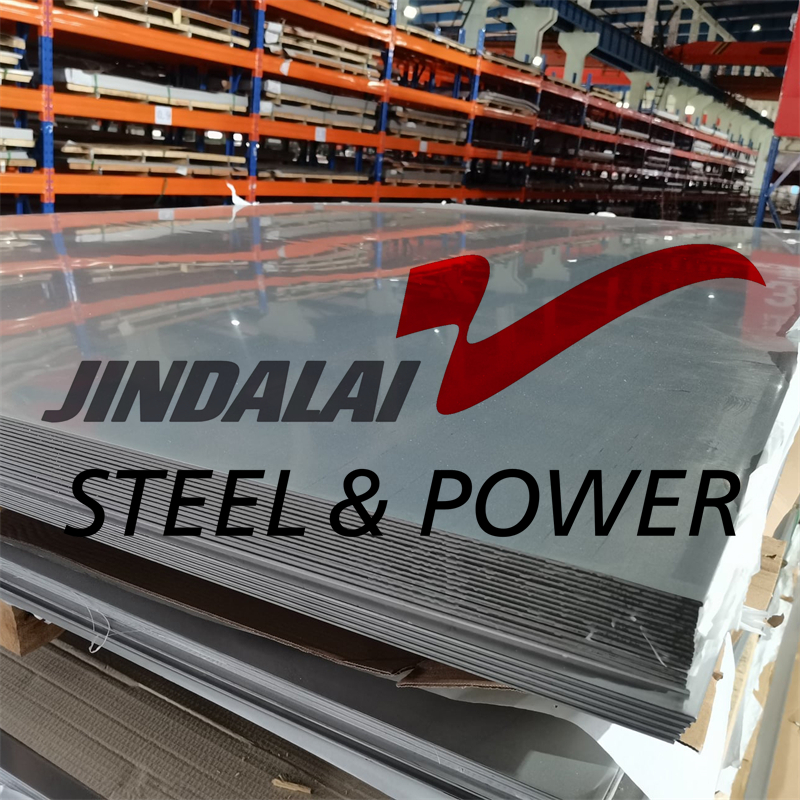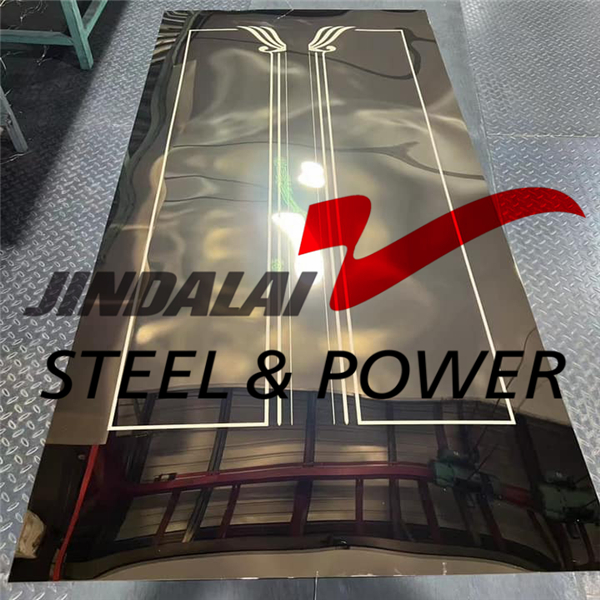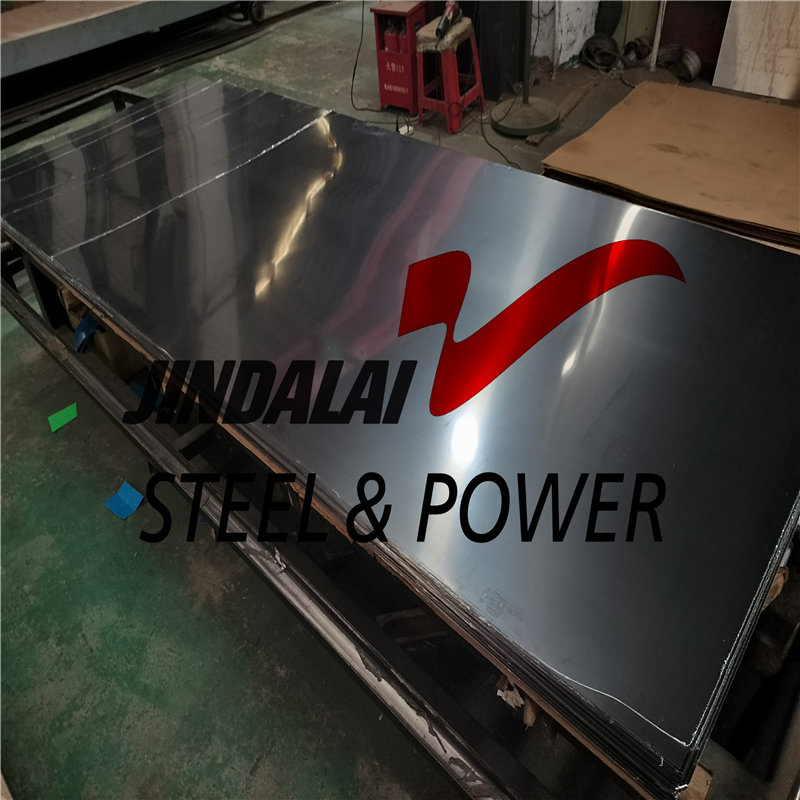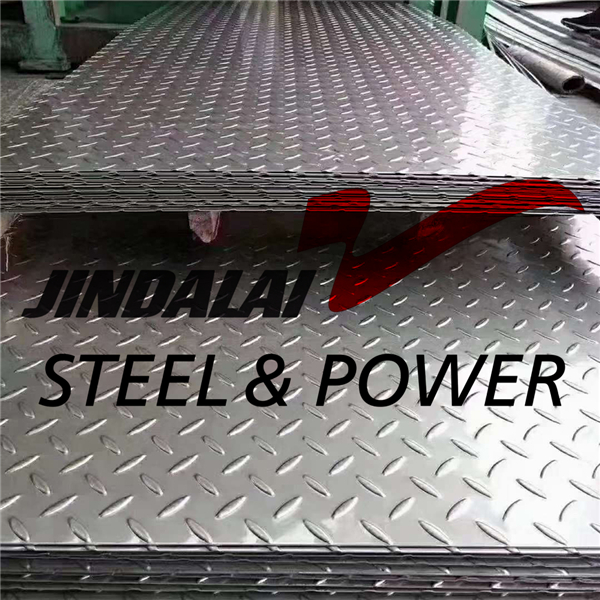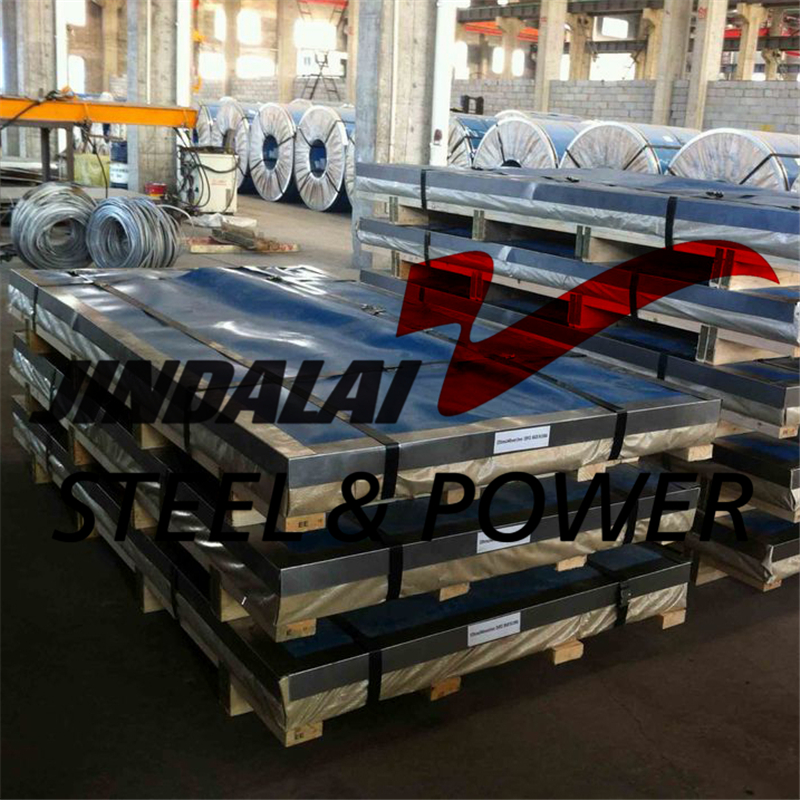Overview of Decorative Perforated Sheet
Stainless steel perforated sheet metal is the material of choice for long-lasting applications, it has a superb resistance to corrosion, requires little maintenance and has a permanent service life.
Stainless steel is an alloy that contains chromium, which resists the formation of iron oxide. It produces an oxide film on the surface of the metal, which not only resists atmospheric corrosion but also provides a smooth, glossy surface.
Combined with the properties of weldability, formability high strength and high hardness, perforated stainless steel can provide a practical product for restaurant and food processing applications, non-corrosive filters and durable construction applications.
Specifications of Decorative Perforated Sheet
| Standard: | JIS, AISI, ASTM, GB, DIN, EN. |
| Thickness: | 0.1 mm – 200.0 mm. |
| Width: | 1000mm, 1219mm, 1250mm, 1500mm, Customized. |
| Length: | 2000mm, 2438mm, 2500mm, 3000mm, 3048mm, Customized. |
| Tolerance: | ±1%. |
| SS Grade: | 201, 202, 301, 304, 316, 430, 410, 301, 302, 303, 321, 347, 416, 420, 430, 440, etc. |
| Technique: | Cold Rolled, Hot Rolled |
| Finish: | Anodized, Brushed, Satin, Powder Coated, Sandblasted, etc. |
| Colors: | Silver, Gold, Rose Gold, Champagne, Copper, Black, Blue. |
| Edge: | Mill, Slit. |
| Packing: | PVC + Waterproof Paper + Wooden Package. |
Three Types of Perforated Stainless Steel Sheets
According to the crystalline structure of perforated stainless steel, it can be classified into three types: Austenitic, Ferritic and Martensitic.
Austenitic steel, containing high content of chromium and nickel, is the most corrosion resistant steel providing incomparable mechanical properties, thereby, it becomes the most common type of alloy, accounting for up to 70% of all stainless steel production. It is non-magnetic, non-heat-treatable but it can be successfully welded, formed, meanwhile being hardened by cold-working.
l Type 304, composed of iron, 18 - 20% chromium and 8 - 10% nickel; is the most common grade of austenitic. It is weldable, machinable for various applications, except in salt water environments.
l Type 316 is made of iron, 16 - 18% chromium and 11 - 14% nickel. Compared to type 304, it has better corrosion resistance and yield strength with similar weldability and machinability.
l Ferritic steel is straight chromium steel without nickel. When it comes to corrosion resistance, the ferritic is better than martensitic grades but inferior to austenitic stainless steel. It is magnetic and oxidation resistant, additionally; it has perfect working performance in marine environments. But it cannot be hardened or strength by heat treatment.
l Type 430 features high resistance to corrosion from nitric acid, sulfur gases, organic and food acid, etc.
-
Customized Perforated 304 316 Stainless Steel P...
-
Nickel 200/201 Nickel Alloy Plate
-
Perforated Stainless Steel Sheets
-
201 304 Mirror Color Stainless Steel Sheet in S...
-
201 J1 J3 J5 Stainless Steel Sheet
-
304 Colored Stainless Steel Sheet Etching Plates
-
316L 2B Chequered Stainless Steel Sheet
-
430 Perforated Stainless Steel Sheet
-
PVD 316 Colored Stainless Steel Sheet
-
SUS304 BA Stainless Steel Sheets Best Rate
-
SUS304 Embossed Stainless Steel Sheet
-
SUS316 BA 2B Stainless Steel Sheets Supplier




